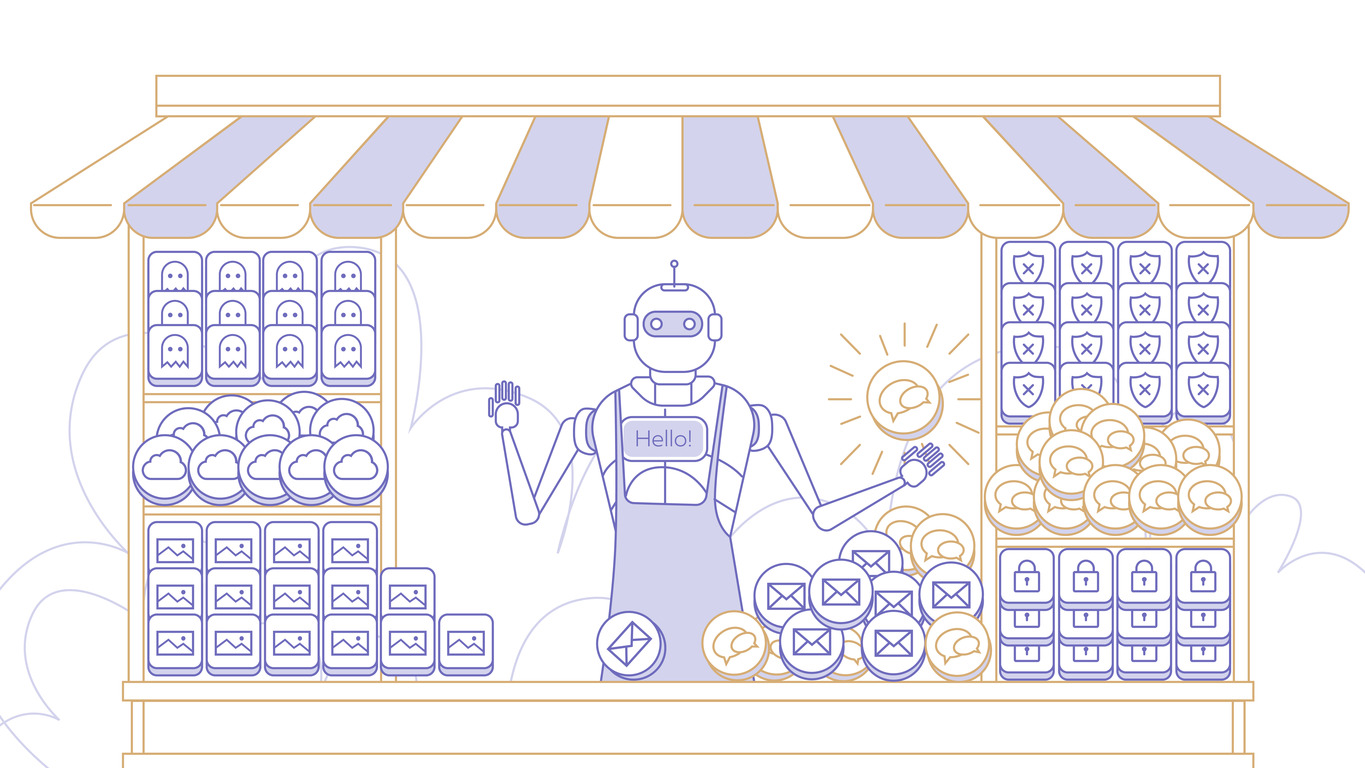
We at Variti specialize in filtering traffic, that is, we develop protection against bots and DDoS attacks for online stores, banks, media and others. Some time ago, we thought about providing limited functionality of the service to users of various marketplaces. Such a decision should have been of interest to small companies whose work is not so dependent on online, and which cannot or do not want to pay for protection against all types of bot attacks.
The choice of marketplaces
First, we opted for Plesk , where we uploaded an application to combat DDoS attacks. Among the most popular Plesk applications are WordPress, Joomla, and Kaspersky Anti-Virus. Our extension, in addition to directly filtering traffic, shows site statistics, that is, it allows you to track peak visits and, accordingly, attacks.
After some time, we wrote a slightly simpler application, this time for CloudFlare . The application analyzes traffic and shows the proportion of bots on the site, as well as the ratio of users with various operating systems. The idea was that users of the marketplace would be able to see the share of illegitimate traffic on the site and decide if they needed a full version of protection against attacks.
Cruel reality
Initially, it seemed to us that users should be interested in applications, because the share of bots in world traffic has already exceeded 50%, and the problem of illegitimate users is discussed quite often. Our investors also believed that they had to go to cloud services and look for new users on marketplaces. But if Plesk brings at least a small but stable income (several hundred dollars a month), then CloudFlare, where we made the application free, was disappointing. Now, a few months after the release, the application has installed only about ten people.
The problem is primarily in the low number of views. Interestingly, in percentage terms, everything is fine: two-thirds of the people who visited the application page installed it and began to analyze traffic. At the same time, it is not clear how things are going with other services present on the marketplace, since neither CloudFlare nor Plesk provide open counters, and therefore it is impossible to see the number of downloads, and even more visits, on the pages of other extensions.
We can assume that in principle there are few users on marketplaces. A year or two ago, we talked with an investor who invested in Plesk, and he said that he had sold his stake in the company as soon as possible because of unjustified expectations. The investor assumed that the future is behind these marketplaces, and the service will fly, but this did not happen. Our experiments also confirmed the falsity of such hopes.
Of course, it is likely that if you start working with application traffic and attract new customers through marketing, then interest in extensions will increase, and revenues will become more significant, but it’s obvious that magic will not happen without significant efforts, and these services will fully will not work. Although when we tell someone about applications, everyone agrees that the idea is interesting and useful.
Perhaps it’s the specifics of our service: we are competitors with CloudFlare, and it is possible that the company does not allow similar services to grow in issuance. Maybe this is a matter of high competition: now everyone says that we need to go to marketplaces, and because of the large offer of other extensions, users can’t find us.
What's next
Now we are thinking about updating the functionality of the application and opening up access to CloudFlare clients not only for analytics, but also for protection against bots, but based on the current situation, there is little sense in this. While we settled on the fact that the effectiveness of the marketplace was a test of the hypothesis of whether the extension would work without additional advancement on our part, it turned out that it wasn’t. Now it remains to understand how to attract users there, and whether additional traffic will be useful, or whether it is easier to abandon such sites.